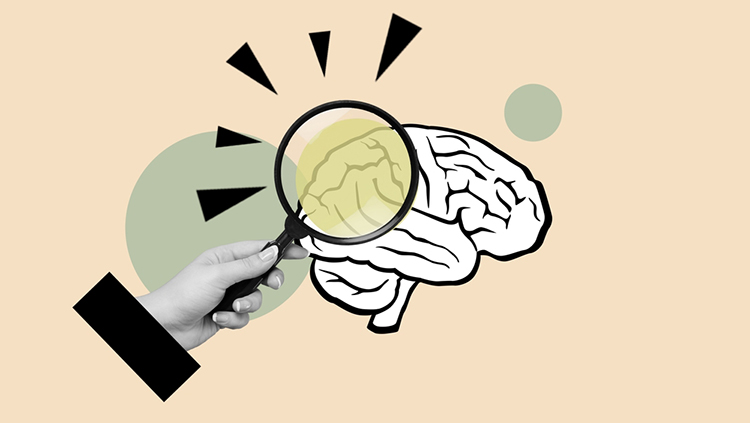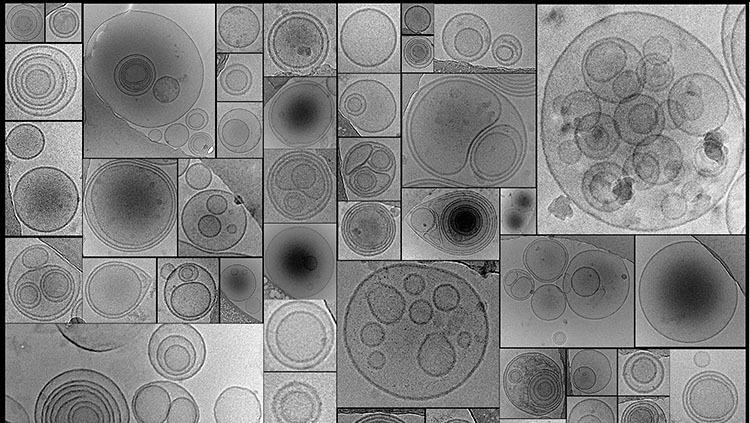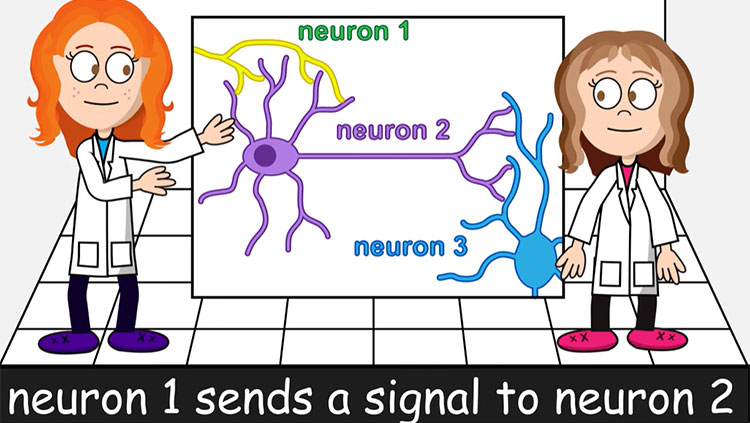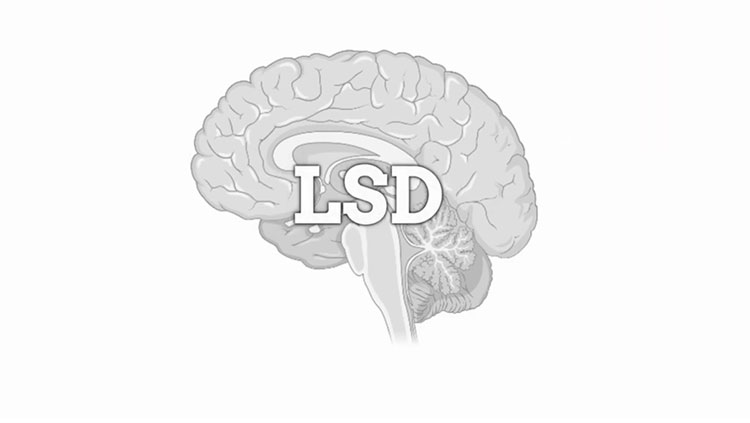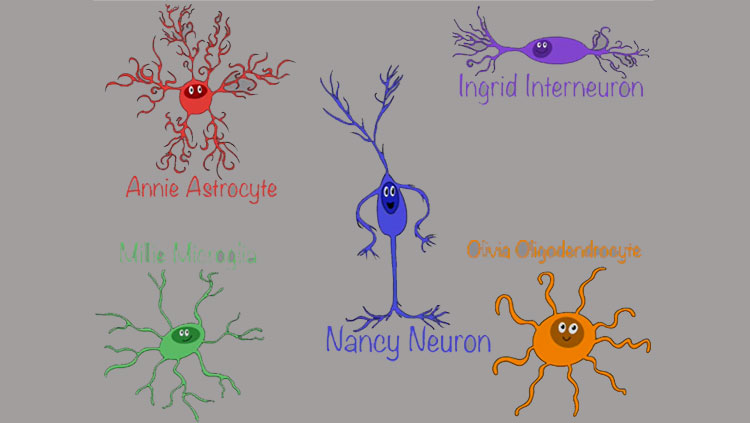Case 001: Neuroplasticity and the Secret Behind Practice
- Published29 Jan 2024
- Source BrainFacts/SfN
Practice makes perfect. Or does it? Dig into how neuroplasticity — the potential of the brain to form new neural connections and strengthen bonds — depends on the day-to-day decisions people make and their environments. See how new neurons are born, how practicing a skill can change communication between synapses, and why repeating an action can help messages move more quickly down neurons.
This is a video from the 2023 Brain Awareness Video Contest.
Created by Masouda Khan.
CONTENT PROVIDED BY
BrainFacts/SfN
Transcript
We have all heard the phrase, “Practice makes perfect.” Hmm, does it really?
Well, the phenomenon neuroplasticity — more specifically, structural plasticity — allows new experiences and learning to rewire your brain throughout life.
Your brain is always changing at a cellular level, and a part of this could be neurogenesis.
Neurogenesis is the formation of new neurons, which are the cells that make up our brains. While it's still under research, recent studies have shown that learning a skill can lead to neurogenesis in the dentate gyrus of the hippocampus.
First, neural precursor cells become neuroblasts, which are kind of like baby neurons. Then they travel up a radial glial cell to where they're needed. Soon, a structure called a growth cone grows at the tip and lengthens the axon by exploring its environment. Then, dendrites form, which are where nerve impulses are received. Note: Neurogenesis is more prevalent in developing brains.
Eventually, the growth cone leads the neuron to make friends or forge connections through synaptogenesis, the formation of synapses between neurons.
A large part of neuroplasticity is synaptic plasticity, the strengthening or weakening of synapses. The more you practice or use a neural circuit, the stronger the synapses will become because of long-term potentiation. Neurons communicate through chemicals called neurotransmitters: The pre-synaptic neuron releases them, and the post-synaptic neuron receives them through receptors. When a neurotransmitter like glutamate binds to receptors such as the AMPA and NMDA receptors, the AMPA receptors open instantly allowing sodium ions in. On the other hand, the NMDA receptors are blocked by magnesium ions and do not open. If the message is strong enough, AMPA receptors can stay open longer, allowing more sodium ions in, and these ions can repel the magnesium ion block.
Now, the NMDA receptors allow both sodium and calcium ions into the cell membrane. The sodium ions just change the membrane potential. The calcium ions are special and are called secondary messenger molecules, which means they can bind to proteins like calmodulin and activate certain enzymes. These enzymes can order the promotion of AMPA receptors from inside the neuron to the synapse and increase receptor sensitivity. This is called early phase LTP. With even more practice, late phase LTP occurs — where enzymes order the creation of new proteins and receptors through protein synthesis.
Thus, the communication between neurons is more effective and is strengthened by practice. However, with little usage of the neural circuit, long-term depression and synaptic pruning may occur. This leads to the weakening and elimination of synapses.
Next, your neurons are ready for a power up, known as myelination.
Myelin is a fatty substance that insulates the axon and has been seen to increase with practice. This allows faster, efficient travel of nerve impulses because when receptors allow ions into the cell membrane, they change the membrane potential. If the potential reaches the value of -55 mV then an action potential forms. The action potential pushes the impulse across the axon and is propagated by the change in electrical charges inside and outside the axon. The charge can change because channels allow ions in and out along the axon. Myelin blocks the change in electricity except for small gaps called the nodes of Ranvier. These allow the action potential to seemingly jump from node to node. The more myelin, the faster this process, called saltatory conduction, occurs.
Hence, neuroplasticity means that while your brain does control your actions and decisions, the efforts and choices you make every day have the power to eventually change your brain.
Ultimately, neurogenesis, synaptic plasticity, and myelin plasticity are parts of neuroplasticity. Even though nothing may be perfect, because of neuroplasticity, proper practice can bring one close.
Keep in mind, the complex, intricate mystery of the human brain is one scientists are still trying to solve.
Also In Cells & Circuits
Trending
Popular articles on BrainFacts.org


